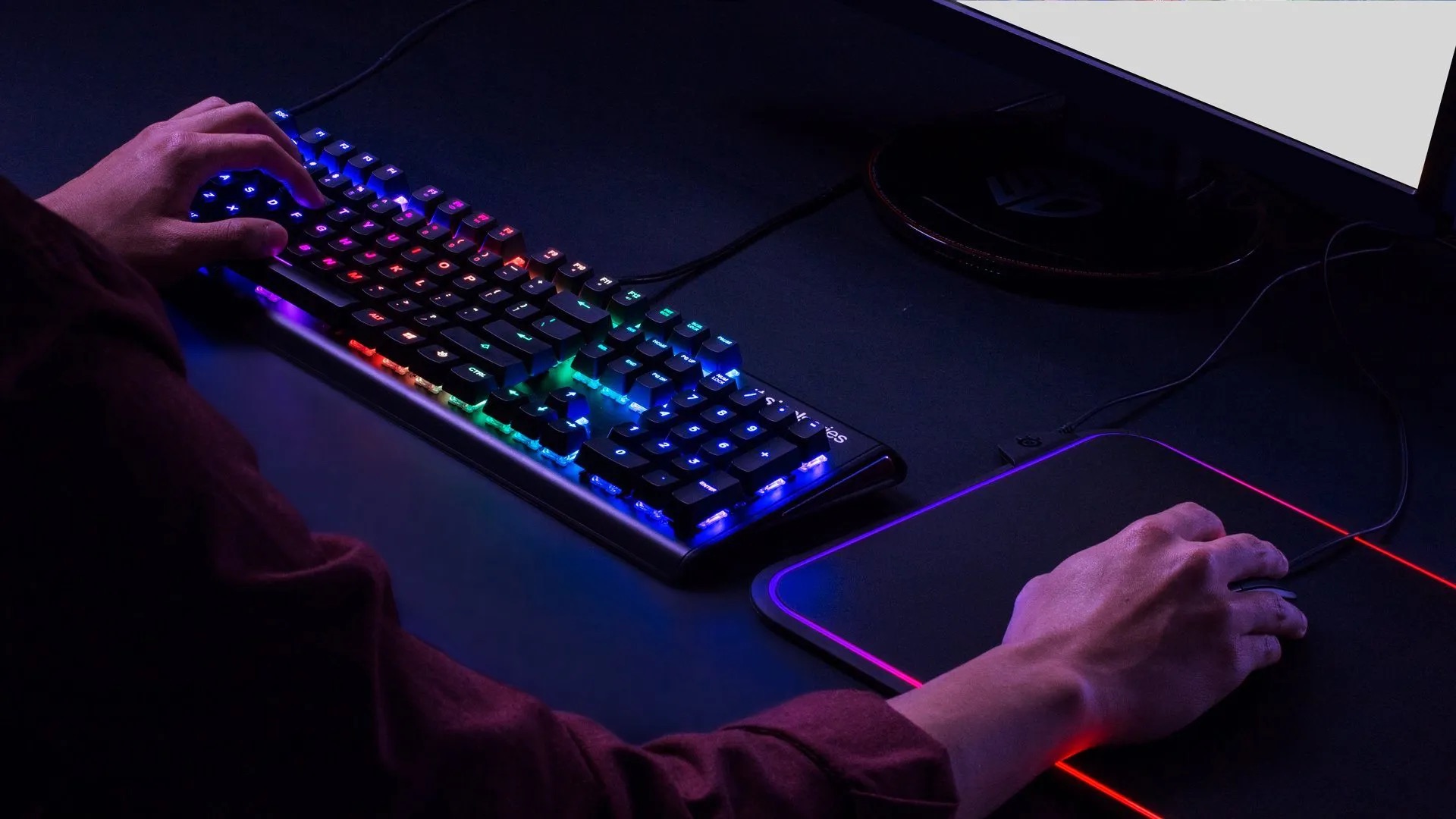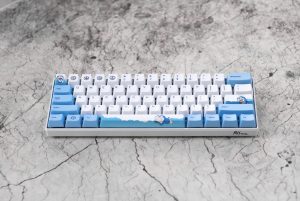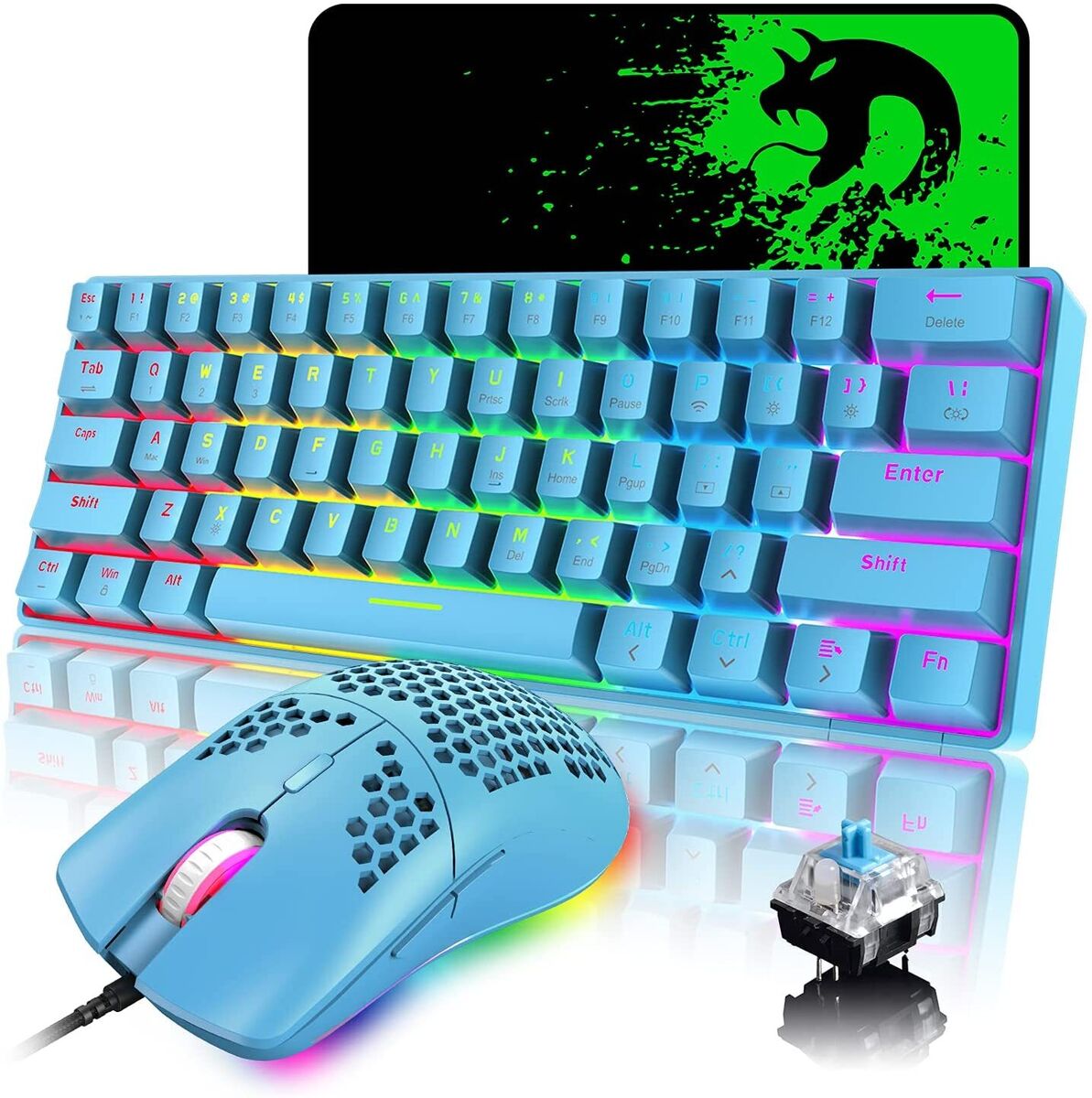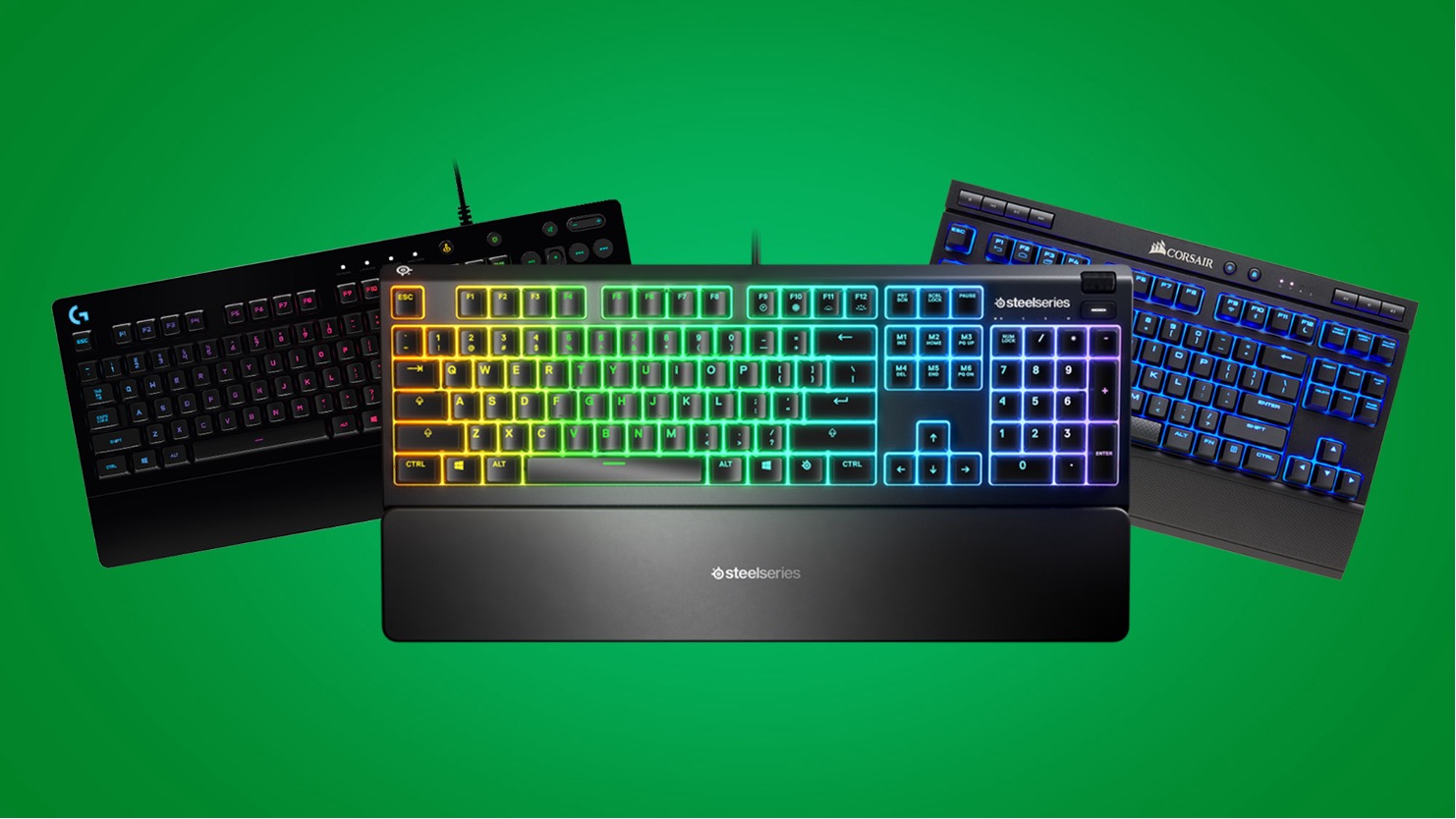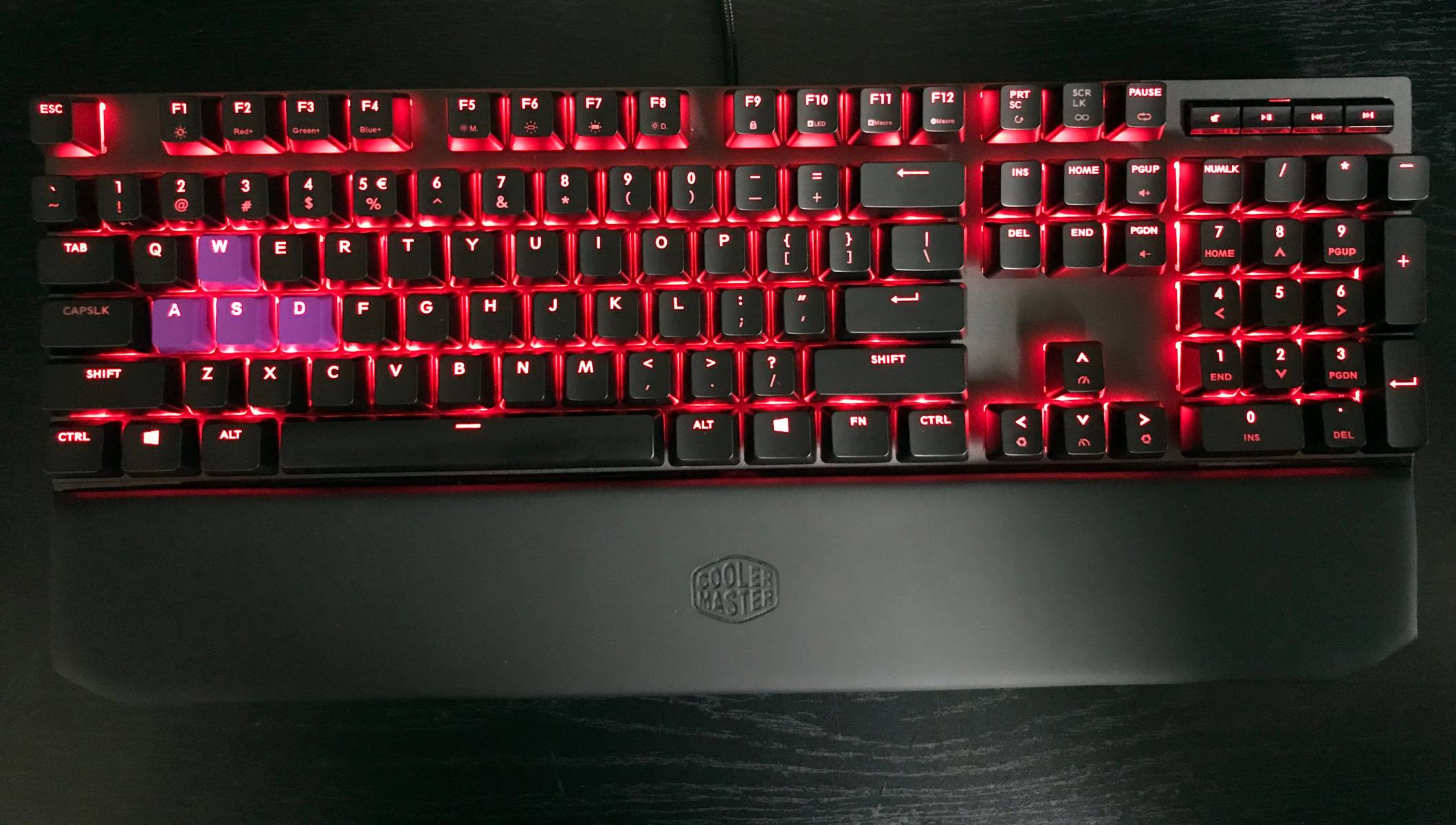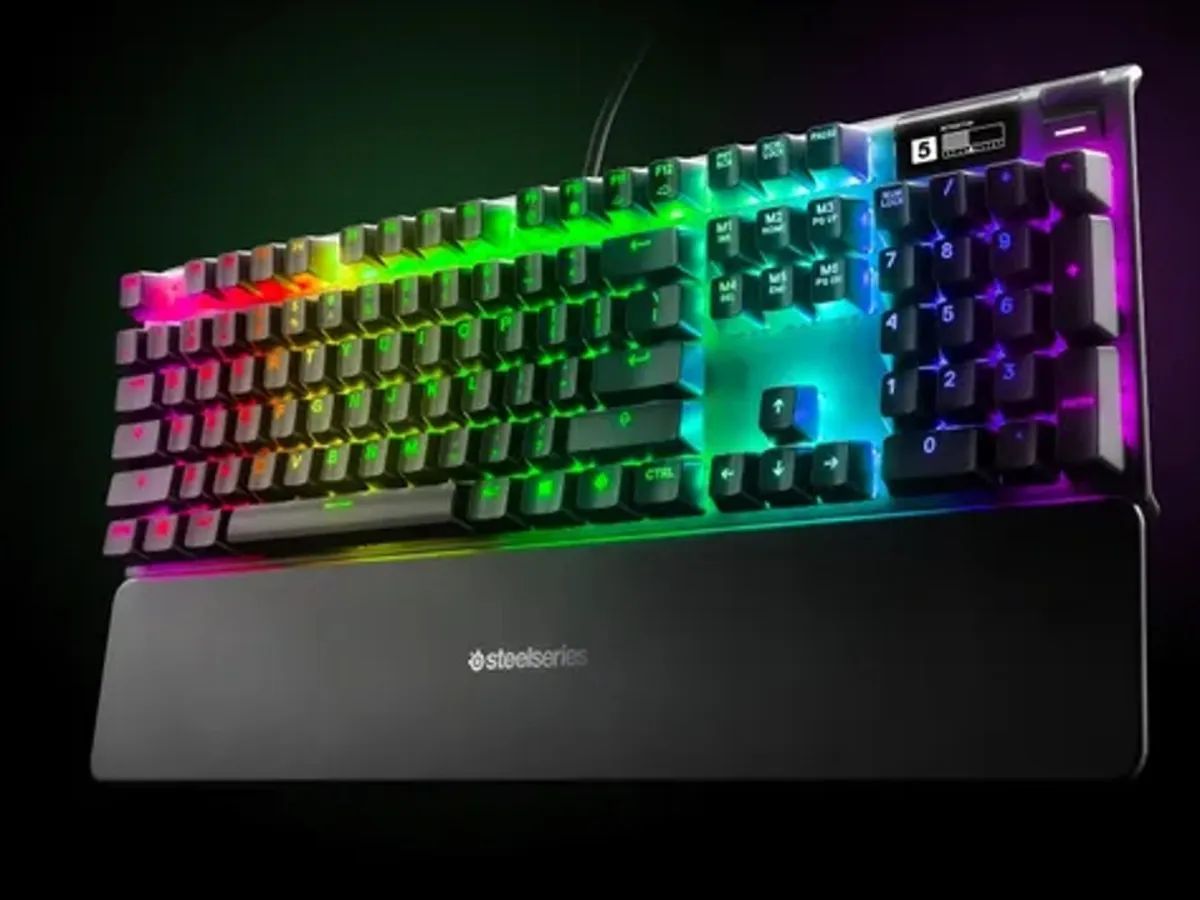What to Consider When Choosing a Gaming Keyboard
Choosing the right gaming keyboard can significantly impact your gaming experience. With a myriad of options available, it’s essential to consider several key factors before making a purchase. Here are the crucial aspects to keep in mind when selecting a gaming keyboard:
-
Switch Type: The type of switch used in the keyboard is a critical consideration. Mechanical switches offer tactile feedback and a satisfying click, making them ideal for gaming. On the other hand, membrane switches are quieter and have a softer feel. Understanding the difference between these switches is essential in finding the perfect fit for your gaming style.
-
Durability: Gaming keyboards are subjected to intense usage, so durability is paramount. Look for keyboards with high-quality construction and materials that can withstand prolonged and vigorous gaming sessions.
-
Key Rollover and Anti-Ghosting: Key rollover and anti-ghosting features are crucial for gaming keyboards. Key rollover ensures that all your keystrokes are registered, while anti-ghosting prevents keystroke errors, enabling smooth and precise gameplay.
-
Customization: The ability to customize and program keys is a significant advantage. Look for keyboards that offer software or onboard functionality for programming macros and assigning specific functions to keys. This customization can enhance your gaming performance and efficiency.
-
Ergonomics: Comfort is key during long gaming sessions. Consider keyboards with ergonomic designs, wrist rests, and adjustable feet to ensure a comfortable and strain-free gaming experience.
-
Compatibility: Ensure that the keyboard is compatible with your gaming setup. Check for compatibility with your gaming console or PC, as well as any specific software requirements for customization and programming.
-
Aesthetics: While not directly related to performance, the aesthetics of the keyboard can contribute to the overall gaming experience. Consider options with customizable backlighting and RGB features to create an immersive gaming environment.
By carefully considering these factors, you can make an informed decision when choosing a gaming keyboard that aligns with your preferences and enhances your gaming prowess.
Types of Gaming Keyboards
When delving into the world of gaming keyboards, it’s essential to understand the different types available, each catering to specific gaming needs and preferences. Here are the primary types of gaming keyboards:
-
Membrane Keyboards: Membrane keyboards utilize a pressure pad that activates the circuit membrane beneath the keys. They are generally quieter and have a softer feel. While they are more affordable, they may not provide the tactile feedback and responsiveness desired by serious gamers.
-
Mechanical Keyboards: Mechanical keyboards employ individual mechanical switches for each key, providing a distinct tactile feel and audible feedback. They are highly durable and offer excellent responsiveness, making them popular among gaming enthusiasts. Mechanical keyboards come in various switch types, each offering unique characteristics such as actuation force and tactile feedback.
-
Hybrid Keyboards: Hybrid keyboards combine the best of both membrane and mechanical keyboards. They feature a membrane under the keycaps but incorporate mechanical switches for certain keys, offering a balance between affordability and tactile responsiveness.
-
Compact Keyboards: Compact or tenkeyless keyboards lack a dedicated number pad, resulting in a smaller and more portable design. While they may not be suitable for all gamers, they are favored by those who prioritize desk space and portability.
-
Split Keyboards: Split keyboards are divided into two separate halves, allowing for customizable ergonomic positioning. They are designed to reduce strain and promote a more natural hand and wrist alignment, enhancing comfort during extended gaming sessions.
Understanding the distinctions between these types of gaming keyboards is crucial in selecting the most suitable option based on individual gaming preferences, ergonomic needs, and budget constraints. Each type offers unique features and advantages, catering to a diverse range of gaming styles and requirements.
Mechanical vs Membrane Keyboards
When contemplating the purchase of a gaming keyboard, the choice between mechanical and membrane keyboards is a pivotal decision. Understanding the disparities between these two types is essential in making an informed selection that aligns with your gaming preferences. Here’s a comparative overview of mechanical and membrane keyboards:
-
Typing Experience: Mechanical keyboards are renowned for their tactile feedback and audible click, providing a satisfying typing experience. In contrast, membrane keyboards offer a quieter and softer typing feel, devoid of the distinct tactile feedback characteristic of mechanical keyboards.
-
Responsiveness: Mechanical keyboards are highly responsive, with each key press registering accurately and swiftly. The individual mechanical switches contribute to this heightened responsiveness. On the other hand, membrane keyboards may exhibit a slight delay in key registration due to the nature of their membrane-based mechanism.
-
Durability: Mechanical keyboards are renowned for their durability, with the mechanical switches capable of enduring millions of keystrokes. This longevity ensures prolonged reliability, making them a favorable choice for avid gamers. While membrane keyboards are generally more affordable, they may not offer the same level of durability as their mechanical counterparts.
-
Gaming Performance: When it comes to gaming, mechanical keyboards are often preferred for their precise actuation and tactile feedback, attributes that can enhance gaming performance. The distinct feedback from mechanical switches can contribute to improved key recognition and timing during intense gaming sessions.
-
Customization: Mechanical keyboards often offer greater customization options, allowing users to swap out individual keycaps and customize the typing experience to their preference. This level of customization may not be as readily available with membrane keyboards.
Ultimately, the choice between mechanical and membrane keyboards hinges on personal preference, budget considerations, and the specific requirements of individual gamers. While mechanical keyboards are celebrated for their tactile responsiveness and durability, membrane keyboards offer a quieter and more affordable alternative. Understanding the nuances between these two types empowers gamers to make an informed decision that complements their gaming style and preferences.
Customization and Programmable Keys
Customization and programmable keys are pivotal features that can elevate the gaming experience and provide gamers with a competitive edge. When selecting a gaming keyboard, the ability to customize and program keys can significantly impact gameplay and overall efficiency. Here’s a closer look at the importance of customization and programmable keys:
-
Macro Functionality: The capability to program macros on specific keys enables gamers to execute complex commands or series of actions with a single keystroke. This feature is particularly advantageous in games that require intricate combinations or rapid inputs, enhancing precision and speed during gameplay.
-
Onboard Memory: Keyboards with onboard memory allow users to save customized profiles and settings directly onto the keyboard. This ensures that personalized configurations are retained, even when switching between different gaming setups or devices, providing a seamless and consistent gaming experience.
-
Software Integration: Many gaming keyboards are accompanied by dedicated software that facilitates extensive customization. These software suites enable users to remap keys, create custom lighting effects, and fine-tune various settings to suit their preferences, offering a high degree of personalization.
-
Individual Key Customization: Some gaming keyboards provide the flexibility to customize individual keys, allowing users to assign specific functions, macros, or lighting effects to each key. This level of granular customization empowers gamers to tailor the keyboard to their unique gaming style and preferences.
-
Enhanced Productivity: Programmable keys are not limited to gaming applications; they can also enhance productivity in various tasks. Customizing keys for specific software shortcuts or workflow optimizations can streamline productivity outside of gaming, making the keyboard a versatile tool for diverse computing needs.
By prioritizing keyboards with robust customization and programmable key features, gamers can unlock the full potential of their gaming peripherals, optimizing performance, efficiency, and personalization. These features empower users to tailor their gaming experience to their exact specifications, ultimately enhancing gameplay and productivity across a wide spectrum of applications.
Backlighting and RGB Options
Backlighting and RGB options play a significant role in enhancing the aesthetics and functionality of gaming keyboards. These features not only contribute to a visually immersive gaming experience but also offer practical benefits and customization opportunities. Here’s an exploration of the importance of backlighting and RGB options in gaming keyboards:
-
Visual Ambiance: Backlit keyboards, especially those with RGB capabilities, can transform the gaming environment by creating a captivating visual ambiance. The ability to customize lighting effects and colors provides a personalized and immersive gaming atmosphere, adding an extra dimension to the overall gaming experience.
-
Enhanced Visibility: Backlighting improves key visibility in low-light conditions, allowing gamers to easily locate and distinguish keys during nighttime or dimly lit gaming sessions. This heightened visibility can reduce errors and enhance gaming precision, particularly in fast-paced and competitive gaming scenarios.
-
Mood Setting: RGB backlighting offers an extensive color palette and dynamic lighting effects, enabling users to set the mood and customize the keyboard’s appearance to complement their gaming setup or personal preferences. Whether it’s matching the lighting to a gaming team’s colors or creating a mesmerizing light show, RGB options add a layer of personalization to the gaming environment.
-
Functional Indicators: Backlighting can serve as functional indicators, providing visual cues for gaming-specific functions such as gaming mode activation, macro profiles, and system status alerts. This practical application of backlighting enhances the keyboard’s utility beyond aesthetics, contributing to a seamless and intuitive gaming experience.
-
Customization Potential: RGB-enabled keyboards often come with software that allows extensive customization of lighting effects, enabling users to create intricate lighting patterns, synchronize lighting with in-game events, or even integrate lighting with other RGB-compatible peripherals for a cohesive gaming setup.
By considering keyboards with versatile backlighting and RGB options, gamers can infuse their gaming stations with personalized lighting effects, improve visibility and functionality, and create an immersive gaming environment that reflects their unique style and preferences. The combination of visual appeal, practical functionality, and customization potential makes backlighting and RGB options an integral aspect of the gaming keyboard selection process.
Wireless vs Wired Keyboards
When deliberating between wireless and wired keyboards for gaming, it’s essential to weigh the advantages and considerations associated with each option. Both wireless and wired keyboards offer distinct features that cater to different gaming preferences and requirements. Here’s an exploration of the key considerations when comparing wireless and wired gaming keyboards:
-
Freedom of Movement: Wireless keyboards provide the freedom to move and position the keyboard without being tethered to a specific location. This flexibility can be advantageous for gamers who prefer a clutter-free gaming setup or those who require mobility during gaming sessions.
-
Latency and Response Time: Wired keyboards traditionally offer lower latency and faster response times compared to wireless counterparts. This can be critical for competitive gaming, where split-second reactions and input precision are paramount.
-
Battery Life and Charging: Wireless keyboards rely on battery power, necessitating periodic recharging or battery replacements. While advancements in battery technology have extended battery life, the need for uninterrupted power can be a consideration for wireless keyboard users, especially during extended gaming sessions.
-
Portability and Convenience: Wireless keyboards are inherently more portable and convenient, making them suitable for gaming setups that require flexibility or for gamers who transition between different gaming environments. The absence of cables contributes to a streamlined and adaptable gaming space.
-
Reliability and Stability: Wired keyboards offer a reliable and stable connection, eliminating concerns about wireless interference or signal disruptions. This consistent connection can be crucial for gamers who prioritize uninterrupted gameplay and precision during intense gaming scenarios.
-
Compatibility and Connectivity: Wired keyboards are universally compatible with a wide range of devices and gaming platforms, while wireless keyboards may require specific wireless connectivity standards or adapters for certain devices. Compatibility considerations are essential when choosing between wireless and wired options.
Ultimately, the decision between a wireless and wired gaming keyboard hinges on individual gaming preferences, mobility requirements, and the importance of latency and reliability in gaming performance. While wireless keyboards offer freedom of movement and convenience, wired keyboards excel in responsiveness, reliability, and universal compatibility. Understanding the distinct attributes of each type empowers gamers to select the keyboard that best aligns with their gaming style and practical needs.
Ergonomics and Comfort
Considering the ergonomic design and comfort features of a gaming keyboard is paramount, as it directly impacts the user’s physical well-being and gaming performance. A keyboard that prioritizes ergonomics and comfort can mitigate strain and enhance overall gaming experience. Here’s an exploration of the significance of ergonomics and comfort in gaming keyboards:
-
Wrist Support and Palm Rests: Keyboards with integrated wrist support and palm rests promote a more natural hand position, reducing strain on the wrists and forearms during extended gaming sessions. These features contribute to overall comfort and ergonomic alignment, minimizing the risk of repetitive strain injuries.
-
Adjustable Tilt and Height: The ability to adjust the tilt and height of the keyboard allows users to customize the typing angle and position, accommodating individual preferences and ergonomic requirements. This adaptability enhances comfort and ergonomics, catering to diverse user needs.
-
Key Placement and Spacing: Well-spaced and strategically positioned keys contribute to comfortable and efficient typing, reducing the strain on fingers and hands. Ergonomically designed key layouts can enhance typing accuracy and comfort, especially during intense gaming sessions that demand rapid and precise keystrokes.
-
Anti-Fatigue Design: Keyboards with anti-fatigue design elements, such as contoured keycaps or cushioned switches, alleviate finger fatigue and enhance comfort during prolonged use. These ergonomic considerations prioritize user comfort and contribute to sustained gaming performance.
-
Compact and Tenkeyless Options: Compact and tenkeyless keyboards offer a space-saving design, reducing the reach between the keyboard and mouse. This ergonomic configuration can enhance comfort and reduce strain by promoting a more natural arm and hand alignment, particularly for gamers with limited desk space.
By prioritizing keyboards with ergonomic features and comfort considerations, gamers can mitigate the risk of discomfort and injuries associated with prolonged gaming sessions, fostering a healthier and more enjoyable gaming experience. The integration of ergonomic design elements not only enhances physical comfort but also contributes to improved gaming performance and longevity, making it a crucial aspect of the gaming keyboard selection process.
Price and Budget Considerations
When selecting a gaming keyboard, price and budget considerations play a significant role in the decision-making process. It’s essential to balance the features, quality, and performance of the keyboard with budget constraints to make a well-informed purchase. Here’s an exploration of the key factors to consider when evaluating the price and budget of gaming keyboards:
-
Feature-to-Price Ratio: Assess the features offered by the keyboard in relation to its price. Consider the inclusion of customizable keys, backlighting options, switch types, and additional functionalities to determine the value proposition and whether the features align with your gaming needs.
-
Build Quality and Durability: Evaluate the build quality and durability of the keyboard in relation to its price. A higher-priced keyboard may offer superior construction and materials, contributing to longevity and sustained performance. Consider the expected lifespan of the keyboard when assessing its value.
-
Performance and Responsiveness: The keyboard’s performance, including key responsiveness, anti-ghosting capabilities, and customization features, should be weighed against its price. A keyboard that enhances gaming performance and efficiency may justify a higher price point based on its functional benefits.
-
Brand Reputation and Support: Consider the reputation of the keyboard’s manufacturer and the level of customer support provided. Established brands with a track record of quality and customer service may offer a higher-priced keyboard that justifies the investment through reliability and support.
-
Budget-Friendly Alternatives: Explore budget-friendly options that align with essential gaming requirements. While high-end keyboards may offer advanced features, there are cost-effective alternatives that provide satisfactory performance and functionality within a constrained budget.
It’s important to approach the purchase of a gaming keyboard with a clear understanding of the desired features, performance expectations, and budget constraints. By carefully evaluating the feature-to-price ratio, build quality, performance attributes, brand reputation, and budget-friendly alternatives, gamers can make an informed decision that maximizes the value of their investment. Balancing price considerations with the desired features and performance ensures that the chosen gaming keyboard aligns with both gaming needs and budgetary limitations.







